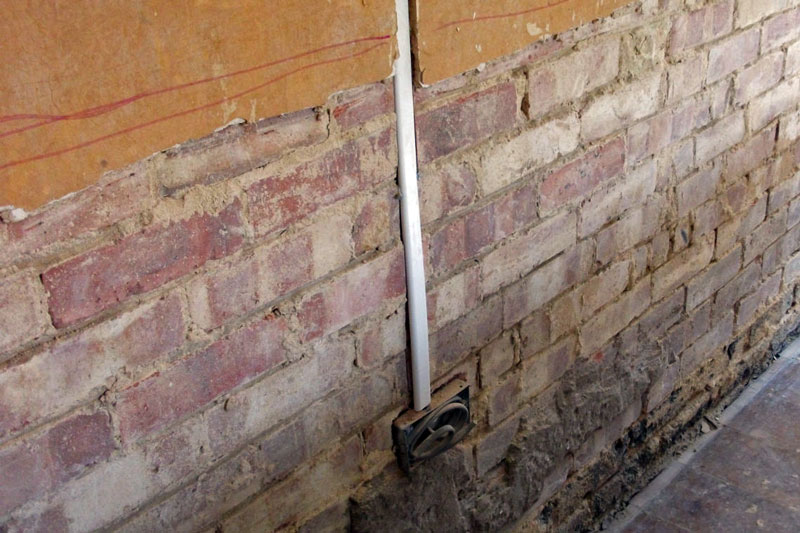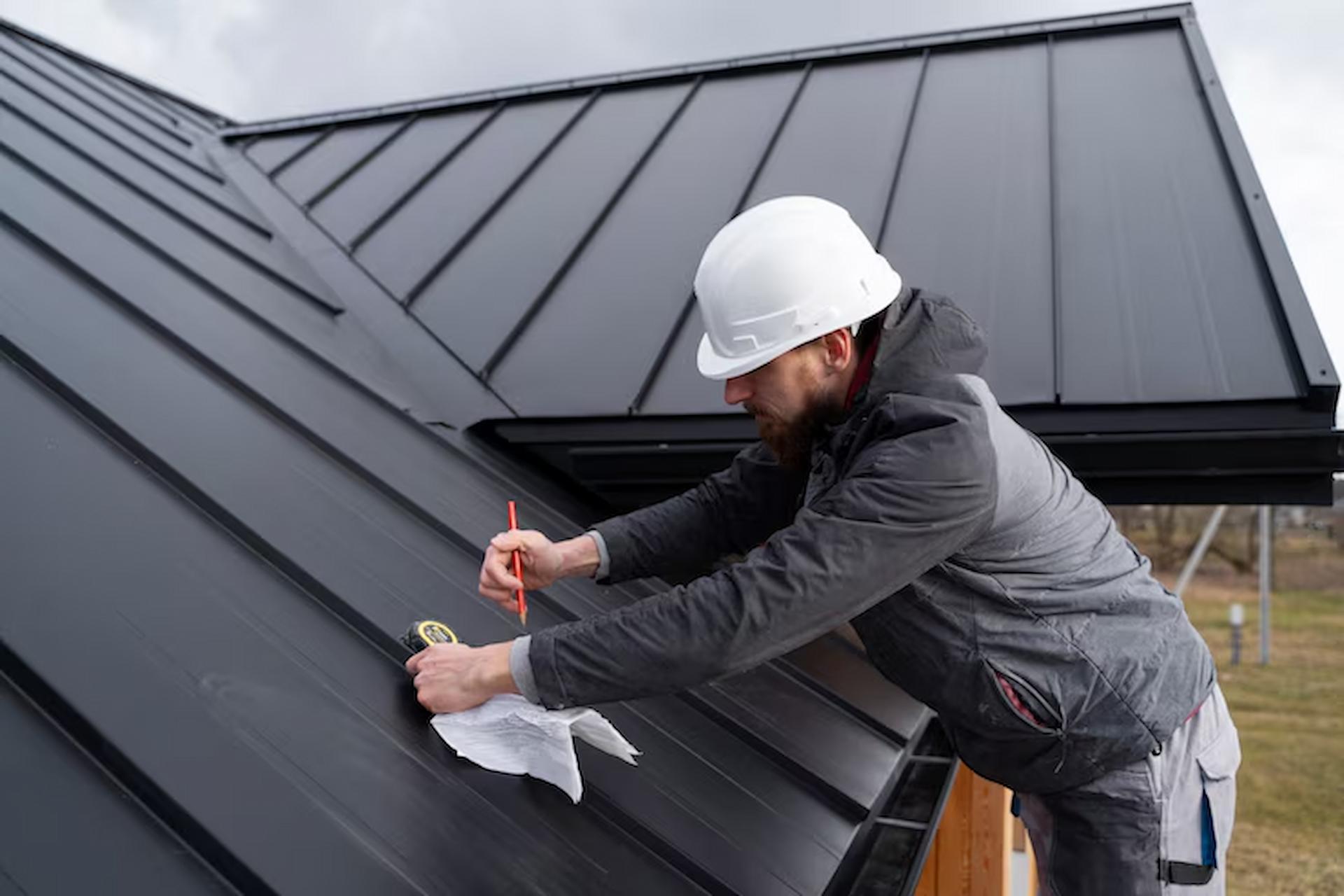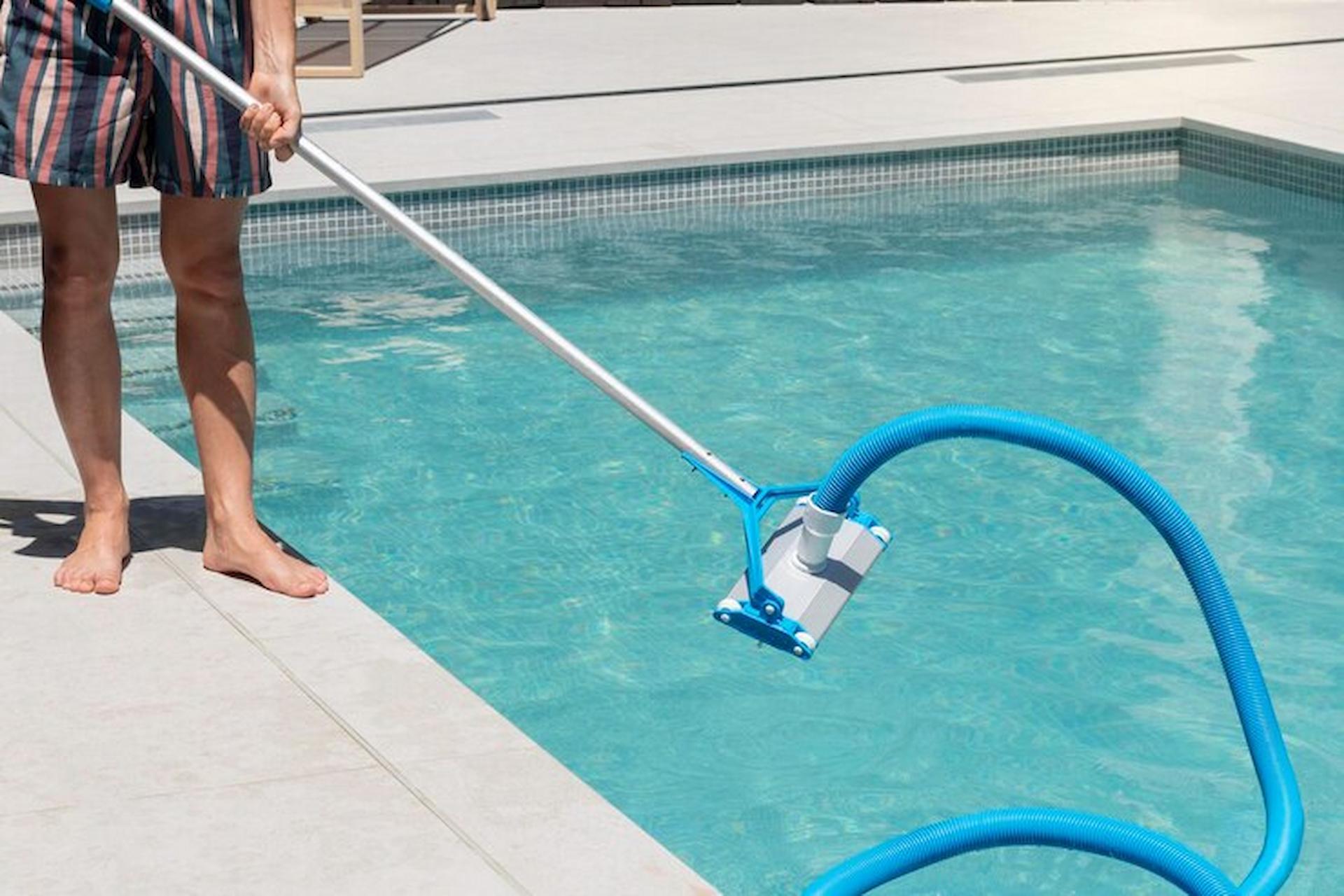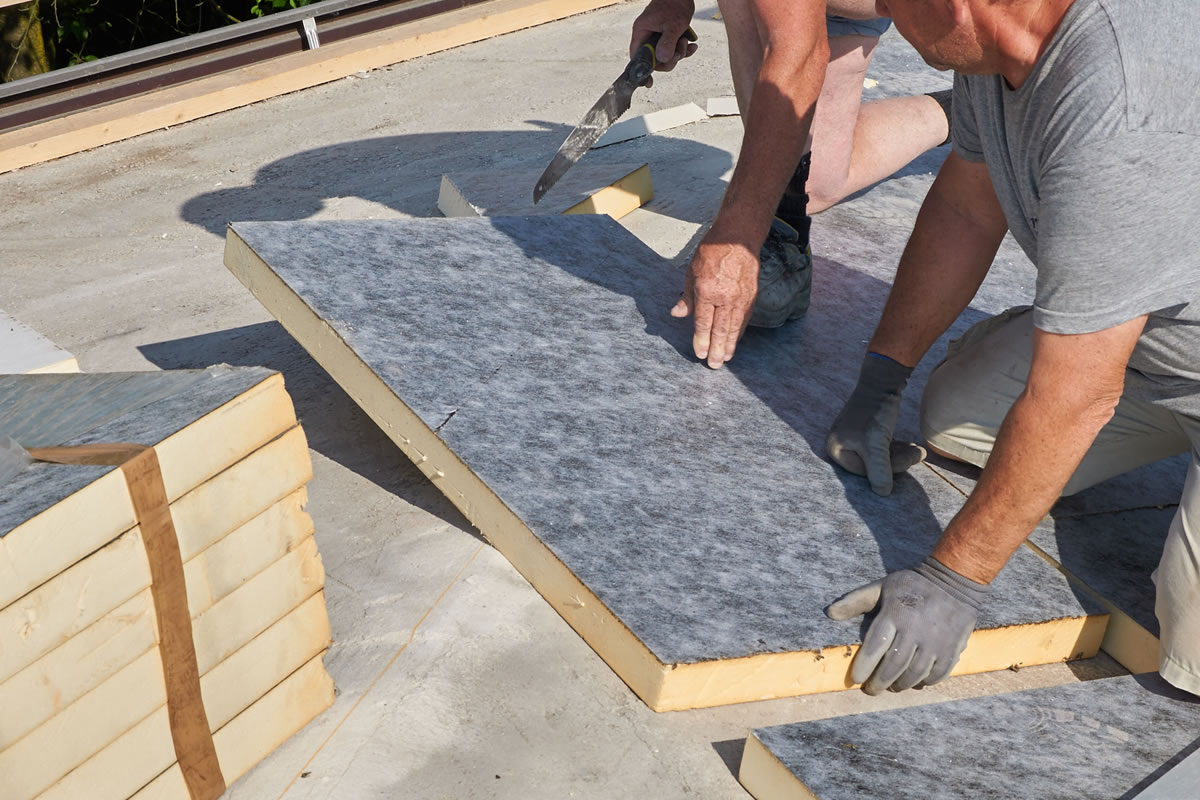A high amount of damping problems arises in buildings due to rising damp when the groundwater rises up through walls and floors. Rising damp actually occurs due to the movement of moisture through building walls and floors by the capillary action. When any building is constructed, a preventive measure should be implemented with a damp proof course inside the walls. The absence of this type of treatment may lead to more damages in the building.
After the penetration of moisture into walls, the evaporation occurs and salt crystals are deposited into the surface of the wall. This is diagnosed with a distinctive mark, which is a result of salt deposition and the distinctive mark on the surface of the wall. The condition is weak and unattractive making the wallpaper to peel and decay of timber in some expensive properties. Identification of this is very simple as it is clearly visible on the walls, moulds as a tide-mark.
Damp conditions at the bottom of the walls increases due to condensation. The associated problems are diagnosed and treated with latest technologies. The damp walls caused by the rise of water from the foot of the wall can produce a broad range of symptoms. Some of which are:
· Damps has a decomposed odor
· Peeling of wallpapers
· Temperature gets reduced at the damped areas
· Crumbled plaster due to salt depositions
Earlier days, rising damp was treated by injecting pressure, corrosive or flammable liquids to close the pores of the stones, bricks and masonry and develop a damp proof course. All these methods were expensive and also required an experienced operator to perform all these operations. However, similar to pressure injection, the Dry rod treatment is available in the modern days. This method is carried out in medium sized houses without any need of special equipments. The dry rod is dosed with exact quantity of active ingredients and by drilling the rod is inserted. As soon as it is inserted, it releases ingredients, which spreads along the wall to form a new damp proof course. Any wall treated with dry rod is 4 times more resistant. Dry rod treatment works actively on wet wall as it ceases all the pores.
Another method is Porous tubes. These are installed along the mortar course to encourage the evaporation process. The Electrical-osmotic system is one more method of treatment available to these systems. It analyzes the moving of salts in walls. However, these two methods are not found successful.
The walls with salt depositions may need replastering. But the Dry rod treatments are very effective and reduce the options of replaster. Many companies and experts are available to resolve the issue of the damp walls and as soon as it is identified, it must be rectified. Every damp has a barrier, during these stages it shall be treated with flowerbed or patio. These features can be lowered and allowing the rising damp to dry out naturally. When this barrier is crossed other techniques shall be employed to treat this condition.
So to make your house damp free hire our services and enjoy the several benefits offered by the company.





A high amount of damping problems arises in buildings due to rising damp when the groundwater rises up through walls and floors. The phenomenon of rising damp has been a major concern for homeowners and property owners since the advent of construction structures. It is caused by the ingress of moisture through capillary action in masonry walls, and can lead to serious damage to the internal structure. Fortunately, modern techniques are available to mitigate this issue and ensure that structures remain in good condition. This includes the application of waterproofing membranes, as well as chemical treatments in order to reduce water uptake by porous materials. It’s really a great and useful piece of information. I am glad that you shared this useful info with us.